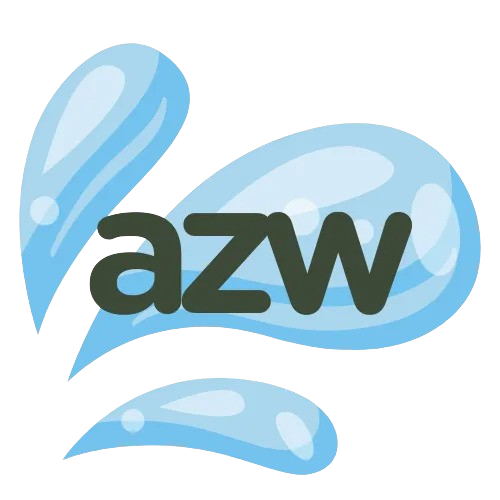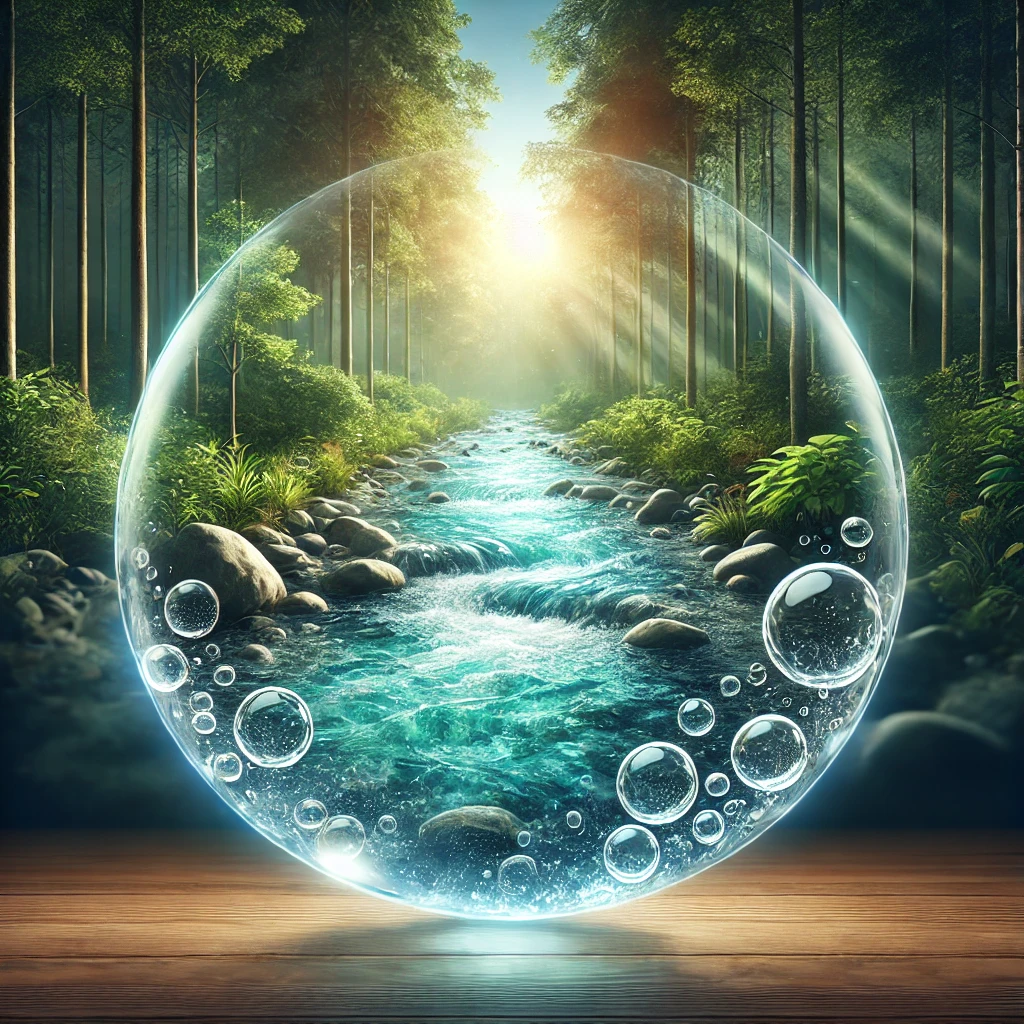When hiking, camping, or exploring the wilderness, running water from streams, rivers, and lakes can seem like a great source of hydration. After all, it’s naturally flowing and looks crystal clear. But is running water safe to drink? The short answer is no — it’s not always as clean as it appears. Natural water sources can harbor harmful microorganisms like bacteria, viruses, and parasites, which pose serious health risks. So, how do you stay hydrated in the wild? Let’s dive deeper into the truth about natural water sources, why you need to purify them, and how you can safely drink water while exploring the great outdoors.
Why You Shouldn’t Drink Untreated Running Water
While it might be tempting to drink from a nearby stream or river, is running water safe to drink without treatment? The answer is no. Even though the water may appear clear and fresh, it can still be contaminated with harmful pathogens that can make you sick. These contaminants can include:
- Bacteria: Harmful bacteria such as E. coli and Salmonella can be present in untreated water, causing stomach cramps, diarrhea, and vomiting.
- Parasites: Protozoa like Giardia and Cryptosporidium are common in untreated natural water. They can cause severe gastrointestinal illness, leading to dehydration and fatigue.
- Viruses: Waterborne viruses, such as Norovirus, can also thrive in natural water sources, leading to infections that cause fever and digestive issues.
- Pollutants: In some areas, agricultural runoff, industrial waste, and animal waste can contaminate the water, introducing harmful chemicals and heavy metals that are harmful to human health.
Drinking untreated running water can expose you to these harmful pathogens, which can ruin your outdoor experience and leave you sick for days.
How to Safely Drink Water from Natural Sources
So, is running water safe to drink? Not unless you purify it. Luckily, there are effective methods to make running water safe for consumption. Here are a few reliable ways to purify natural water and ensure it’s free from harmful pathogens:
1. Boiling Water
One of the most effective methods for purifying water is boiling it. Boiling water kills bacteria, viruses, and parasites, ensuring that your water is safe to drink. Simply bring the water to a rolling boil for at least one minute (or three minutes at higher altitudes) to ensure it’s disinfected. While boiling is effective, it can be impractical if you’re on the go without a heat source.
2. Using a Portable Water Filter
A portable water filter is an essential piece of gear for any hiker or camper. These filters are designed to remove bacteria, protozoa, and other harmful contaminants, making your water safe to drink. There are many types of portable water filters available, including pump filters, squeeze filters, and gravity-fed filters. Look for one that removes bacteria and protozoa, as some filters are designed only for debris removal.
3. Chlorine Dioxide Tablets
If you’re looking for a lightweight and easy solution, chlorine dioxide tablets are an excellent option. These tablets kill bacteria, viruses, and parasites in water, providing safe drinking water within 30 minutes. The best part is that chlorine dioxide tablets are compact, easy to carry, and don’t require any additional equipment.
4. UV Sterilization
UV sterilizers use ultraviolet light to kill harmful microorganisms in the water. These devices are compact, fast, and effective, especially in clear water. They are easy to use and don’t alter the taste of the water, making them an excellent option for purification. However, UV sterilizers may not work as well with murky or contaminated water, so it’s best to use them with relatively clean water.
Identifying Safe Water Sources in Nature
Even though running water may look clean, it’s essential to assess whether it’s safe to drink. To determine whether a water source is safer, consider the following factors:
- Clear Water: Water that is clear and free from debris or algae is generally less contaminated. However, clarity does not guarantee safety, so always purify it before drinking.
- High Altitudes: Water sources located at higher altitudes tend to be cleaner, as they are less likely to be affected by human activity or animal waste.
- Cold and Fast-Moving Water: Cold, fast-moving streams are less likely to harbor harmful pathogens compared to stagnant water. Avoid drinking from pools or ponds, as they are more likely to be contaminated.
- Distance from Human and Animal Activity: Water that is far from human settlements or animal tracks is typically safer. Avoid water sources near campsites, farm areas, or known pollution sites.
Even with these tips, it’s always best to purify water before drinking it, as you can never be sure of the contaminants lurking in natural water sources.
The Benefits of Investing in Water Purification Solutions
The question of is running water safe to drink is one that outdoor adventurers frequently ask. To ensure your health and safety, always carry a reliable water purification system. Whether you prefer boiling, filtering, or using chlorine dioxide tablets, having a method to purify water is essential for every hiker, camper, or traveler.
Final Thoughts: Stay Safe and Hydrated
When it comes to drinking water from natural sources, always err on the side of caution. While running water may look clean, it can be contaminated with harmful pathogens that can cause serious illness. By using methods like boiling, filtering, or chlorine dioxide tablets, you can ensure that your water is safe to drink.

